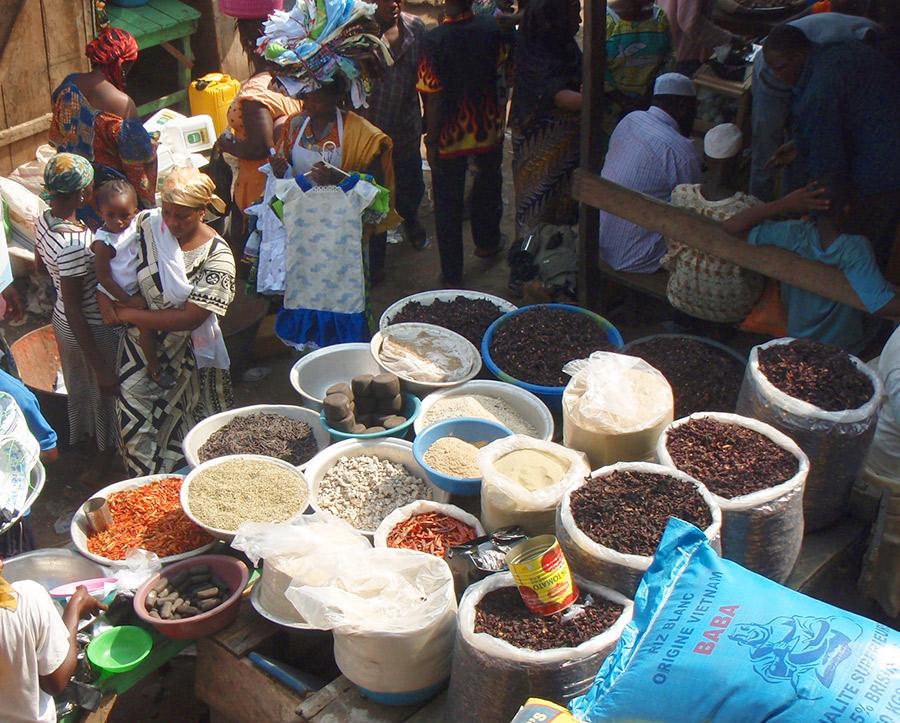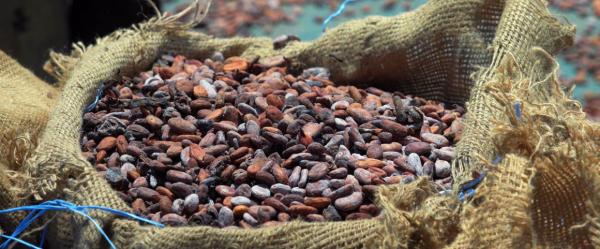Expert view 30 September 2025
- Home
- CIRAD news
- News
- Patricio Mendez Del Vilar | Covid-19 and risk of global demand crisis
Patricio Mendez del Villar: "The economic slowdown due to Covid-19 risks triggering a global demand crisis"

What are the consequences of the Covid-19 pandemic for staple food prices?
Patricio Mendez del Villar: Since the beginning of this health crisis, only the wheat and rice markets have suffered serious price pressure. That pressure stems from the decision made by the major exporting countries in late March to temporarily limit or freeze their exports..
Where rice is concerned, this increase is also due to the fact that the international market is very marginal: only 9% of global production is exported. However, since the beginning of the crisis, Thailand, the world’s second largest exporter, after India and before Vietnam, is the only one not to have limited its exports.
Importing countries have thus turned en masse to Thailand. The result is that prices have increased by 30% in just a few weeks. Vietnam has since resumed its rice exports, as has India, and the situation is therefore now returning to normal. The volumes of rice on the international market are nevertheless likely to decrease significantly in the second quarter of 2020. Despite beginning to stabilize, global prices should therefore remain high for some months to come.
How does the current crisis differ from the one in 2008? ?
P.M.d.V.: The 2008 economic and financial crisis caused many commodity (food and energy) prices to rise. Today, we are facing a slowdown in the global economy. This slowdown could cause not a crisis in supply due to restrictions on exports, as was the case in 2008, but a crisis in demand. The current situation is in fact linked to a widespread loss of purchasing power further to the shutdown of numerous sectors of activity and the confinement measures taken by some States.
What about the risk of food shortages?
P.M.d.V.: Contrary to the previous economic crisis, export availabilities and world food stocks are currently very high. In 2008, the restrictions imposed by India on its rice exports continued until 2011, but the country has already resumed exports of this cereal crop.
Moreover, since early April, there has not been any bulk purchasing of rice by the major importing countries.
As regards the current increases, they remain very limited. At the beginning of May, the average price of rice was around 480 dollars/tonne compared to 390 dollars at the beginning of the year. This price reached on average almost 950 dollars/tonne in spring 2008.
Where are the main problems in terms of food security ?
P.M.d.V.: In importing countries for the most part, such as the Philippines, Indonesia or Senegal. These countries have less than two months of stocks, and their reserves could diminish even more rapidly if consumers begin to stockpile rice, for fear of shortages.
Another concern is the risk of a drop in income, which could seriously affect the purchasing power of the poorest. Faced with this risk, some countries have already taken steps. Senegal, for example, has decided to purchase 140 000 tonnes of rice from local traders in order to redistribute it to the poorest households. Other African countries are also beginning to implement emergency programmes aimed at the most disadvantaged populations.
On a very different level, the G20 debt moratorium for 77 of the poorest countries should free up 14 billion dollars of liquid assets. These financial resources will serve not only to tackle the pandemic in these countries, but also to ensure food security for their poorest populations.
Is China in a position to regulate the rice market should the key actors in the sector decide to reduce their exports again?
P.M.d.V.: While Chinese stocks of rice stood at 58 million tonnes in 2008, they are now in excess of 105 million tonnes. This represents 60% of global stocks. Thanks to these abundant reserves, China is indeed now in a position to regulate the world rice market. However, Beijing has not yet announced it intends to sell large quantities of rice should prices rise again. It is therefore too early to review its commercial strategy for the rice market in 2020.
Interview by Grégory Fléchet




























